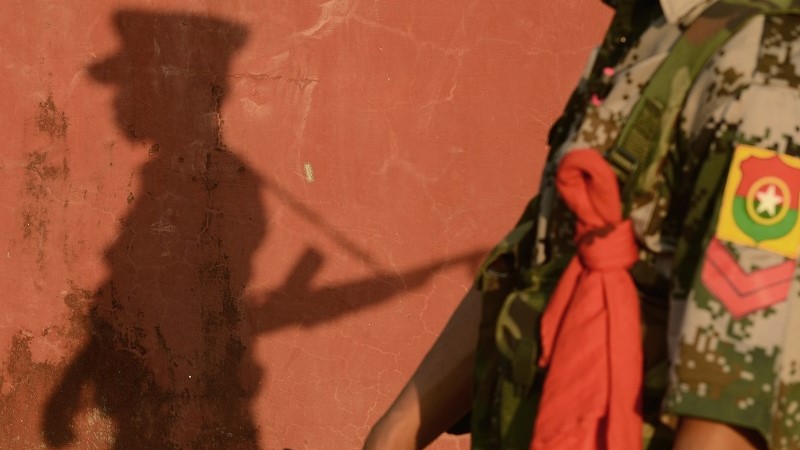The hype machine behind a $70,000 carbon credit, fossil fuel fights in Sharm el-Sheikh and other essential journalism
In 2022, Russia’s invasion of Ukraine broke energy markets around the world, one third of Pakistan was submerged by unprecedented floods and US-China tensions put climate cooperation in suspense.
Climate Home News reported on major events – including world-changing elections, clashes between major economies and climate negotiations – while digging deeper into mysteries and underreported issues.
Here are five of our must-read stories from 2022, on the international dimensions of the climate crisis and the complications of addressing it. Keep up to date with our news, investigations and analysis by subscribing to our weekly newsletter.
1. Crypto bubble: The hype behind a $70,000 carbon credit
Early in the year, the sale of a single carbon credit for an eyewatering $70,000 at auction caught Chloé Farand’s eye. At the time, millions of credits from the same project were selling on the market for less than $20 each.
Who would pay such a premium? The answer lay in a cryptocurrency venture called Save Planet Earth and a community of investors convinced it was the next big thing.
Unfortunately, their faith was unfounded. SPE claimed it had contracts to plant 1.1 billion trees in Pakistan, Sri Lanka and the Maldives, but was not able to back this up – and experts on the ground said it was not credible.
2. Race for lithium pollutes water in Argentinian villages
The transition towards cleaner energies comes at a price for communities in Argentina, where a key mineral used in batteries is extracted. There, lithium mining companies have sparked fears of water shortages among locals.
Natalie Alcoba, traveled to Fiambalá, a small Argentine mountain village which is rich in metals that will fuel the renewable energy revolution.
But the methods for extracting lithium from the ground consume a lot of water and can pollute freshwater deposits.
3. Extreme heatwaves dried up water sources across the world
Extreme weather kept breaking all records in 2022. Last summer saw extreme heatwaves all over the northern hemisphere and their impacts to water sources were visible from space.
An analysis of satellite imagery by Sebastián Rodríguez, in partnership with the monitoring platform Planet, shows how freshwater ecosystems degraded across the world.
Rivers and lakes were at the frontline of this summer’s extreme weather. If we use these ecosystems as measure of our readiness to climate change, experts said we’re not prepared.
4. Fossil fuel fights at Cop27: how the industry escaped censure
Fossil fuels were one of the strongest forces at play in this year’s UN climate negotiations, as industry lobbyists outnumbered almost every national delegation. In late-night closed meetings, the industry’s efforts paid off, as fossil fuels escaped censure at Cop27.
Joe Lo and Chloé Farand reconstructed the industry’s role in this years climate negotiations, and told the behind the scenes story of how oil and gas producers managed to delay decisive climate action at the UN summit.
One diplomat called the process “negotiation by exhaustion” as they were overwhelmed with new texts in the early hours of the morning.
5. The ‘junk’ carbon offsets revived by the Glasgow Pact
A militarized hydroelectric dam in Myanmar is one example of the hundreds of projects that could be used to greenwash national and corporate emissions reports thanks to a decision taken at last year’s Cop26.
Through an exclusive data analysis, Chloé Farand and freelance data reporters Maribel Ángel-Moreno, Léopold Salzenstein and Jelena Malkowski indentified over 800 problematic projects whose past emissions reductions can now be bought.
Some projects showed a patchy human rights record, while others evidenced an outright failure to deliver promised climate benefits.
Read More






Never miss a story. Join us on social.